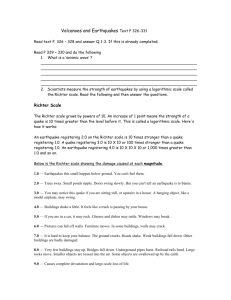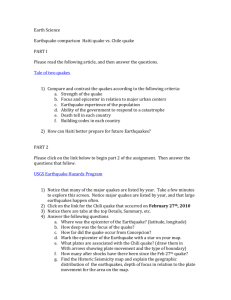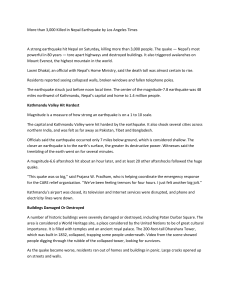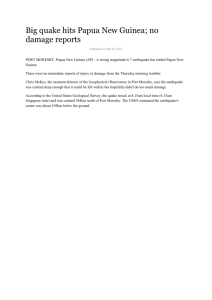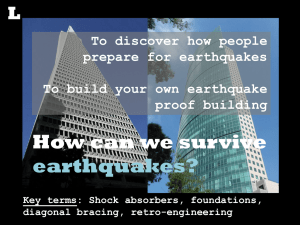volcano!!!
advertisement
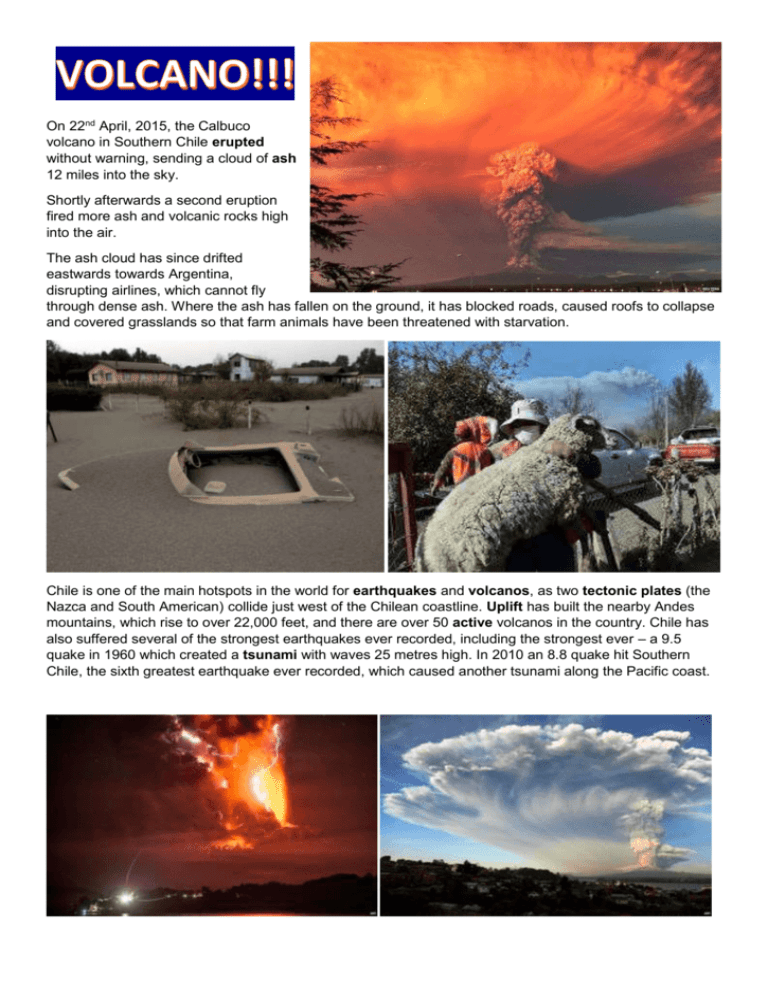
On 22nd April, 2015, the Calbuco volcano in Southern Chile erupted without warning, sending a cloud of ash 12 miles into the sky. Shortly afterwards a second eruption fired more ash and volcanic rocks high into the air. The ash cloud has since drifted eastwards towards Argentina, disrupting airlines, which cannot fly through dense ash. Where the ash has fallen on the ground, it has blocked roads, caused roofs to collapse and covered grasslands so that farm animals have been threatened with starvation. Chile is one of the main hotspots in the world for earthquakes and volcanos, as two tectonic plates (the Nazca and South American) collide just west of the Chilean coastline. Uplift has built the nearby Andes mountains, which rise to over 22,000 feet, and there are over 50 active volcanos in the country. Chile has also suffered several of the strongest earthquakes ever recorded, including the strongest ever – a 9.5 quake in 1960 which created a tsunami with waves 25 metres high. In 2010 an 8.8 quake hit Southern Chile, the sixth greatest earthquake ever recorded, which caused another tsunami along the Pacific coast. On 24th April, 2015, an earthquake measuring 7.8 on the Richter scale struck the Himalayan country of Nepal. The epicentre of the quake (the point on the Earth’s surface straight above the focus of the earthquake) was between the capital Kathmandu and the tourist centre Pokhara. Nepal is a hotspot for seismic activity, as the Indian tectonic plate to the south (part of the Earth’s crust) collides with the Eurasian plate to the north. The uplift caused by this destructive plate boundary has built the Himalayas, the highest mountain range in the world. They are still growing! Although the people of the Himalayas are used to earthquakes, this is the worst they have suffered for more than eighty years… Tremors from the quake were felt as far away as Delhi in India. These seismic vibrations (including many aftershocks) collapsed many buildings – Nepal is not a rich country, and few buildings were designed to withstand a quake. Most of the people who have died have been crushed in or near to buildings. Tremors also caused a major avalanche on Mount Everest, and at least seventeen people there have died. Further problems have been caused by the disruption which the earthquake has caused to transport and to medical facilities. Kathmandu airport was severely struck, making it difficult for people to escape and for aid to be flown in. Roads have been blocked by debris, hampering the work of the emergency services. Police are digging with pickaxes – and some people with their bare hands – because bulldozers cannot get through the narrow, ruined streets. Mobile phone coverage (as in many disasters) has been severely restricted as the networks lost masts and thousands of people tried to contact friends and relatives all at once. This has made it difficult to contact remote places away from the main towns… At the time of writing this (Sunday 26th), the death toll was still uncertain and rising rapidly. From 100+ dead, it is now thought to be 1,900 or more. It is highly likely that the death toll will have risen much further by the time you read this. Pictures: top left: a collapsed building in Kathmandu. Poor countries (less developed countries or LEDCs) cannot afford the high standards of building which more developed countries (MEDCs) like Japan or the U.S.A. have. This is why so many more people are killed in earthquakes in poor regions. Top right and middle left: the emergency services in many places struggle to cope as it is difficult to reach the large number of buildings affected by the quake. Often rescuers have to manage as best they can… Below left: survivors of the earthquake often choose to sleep out of doors, either because they have lost their homes, or because they are afraid of aftershocks (smaller earthquakes which often follow big ones). Aftershocks can collapse buildings weakened by the first quake. Below right: aid is beginning to arrive from other countries around the world. The boxes in the picture are from Sri Lanka and have been flown into Kathmandu airport. It is still difficult to get them to everywhere they are needed. Pakistan has sent an emergency mobile hospital: many countries have sent medical supplies. Some countries are sending teams with sniffer dogs, trained to find people buried in rubble. Once people have been rescued, Nepal will need much help to rebuild its ruined capital city. There is much work to do outside the cities: many towns and villages are still cut off from help by landslides which were triggered by the earthquake. On Mount Everest, helicopters are beginning to evacuate people injured and trapped by the avalanche which killed at least 17 climbers at Base Camp. This is already the greatest disaster on the mountain – and there are still people trapped higher up the mountain. One climber has already texted for help – there is no way down to Base Camp any more…

